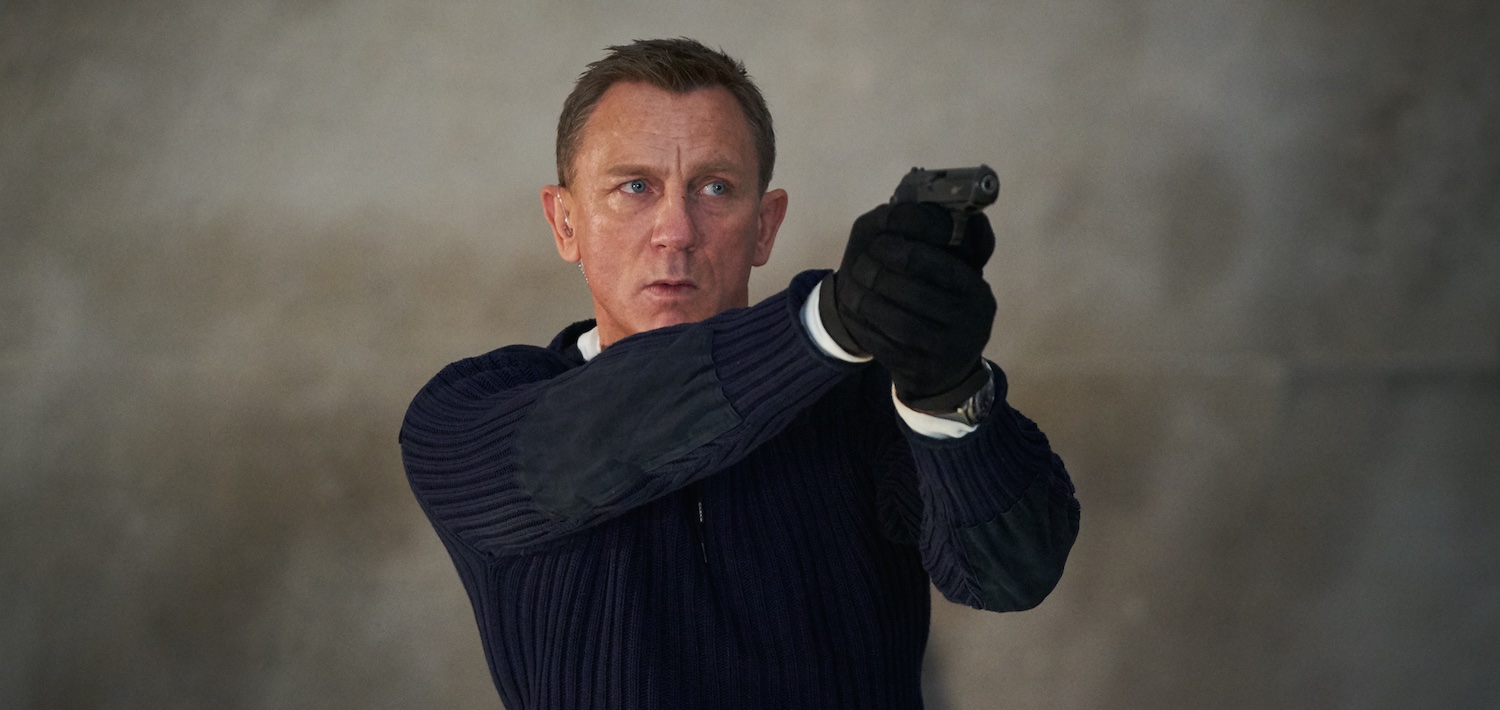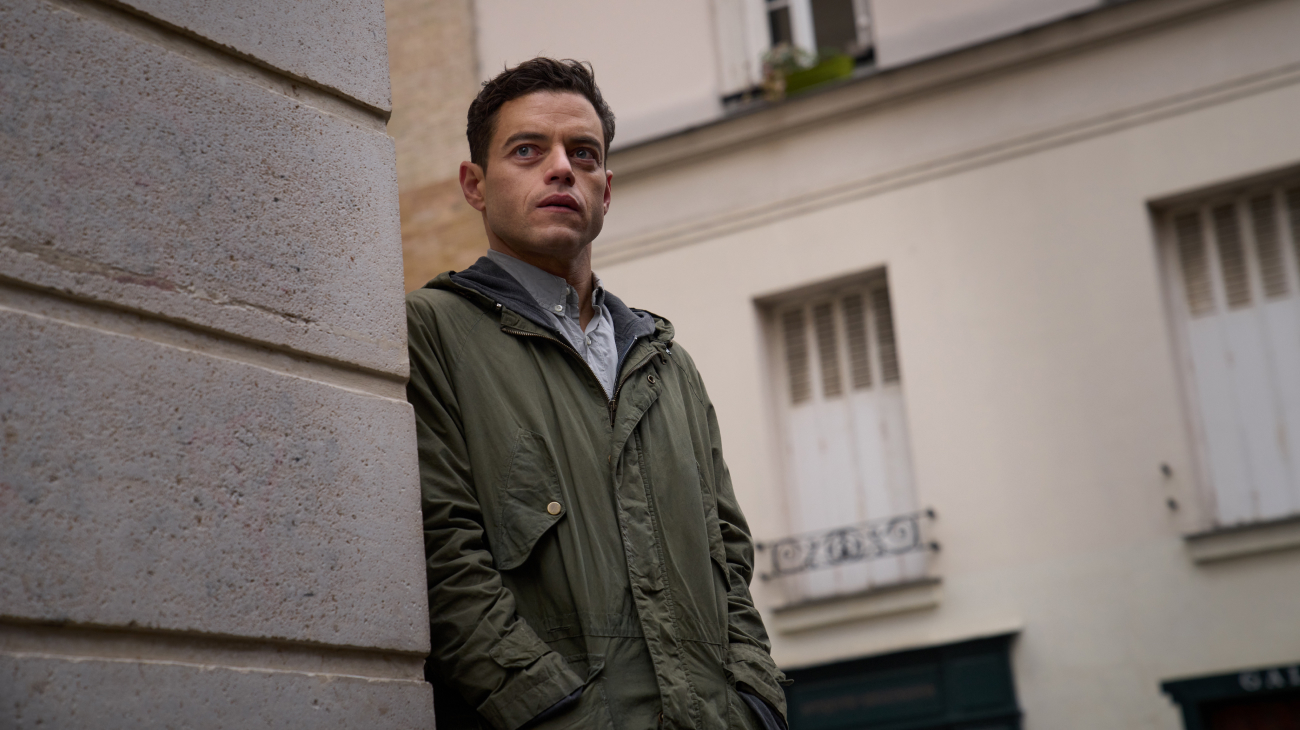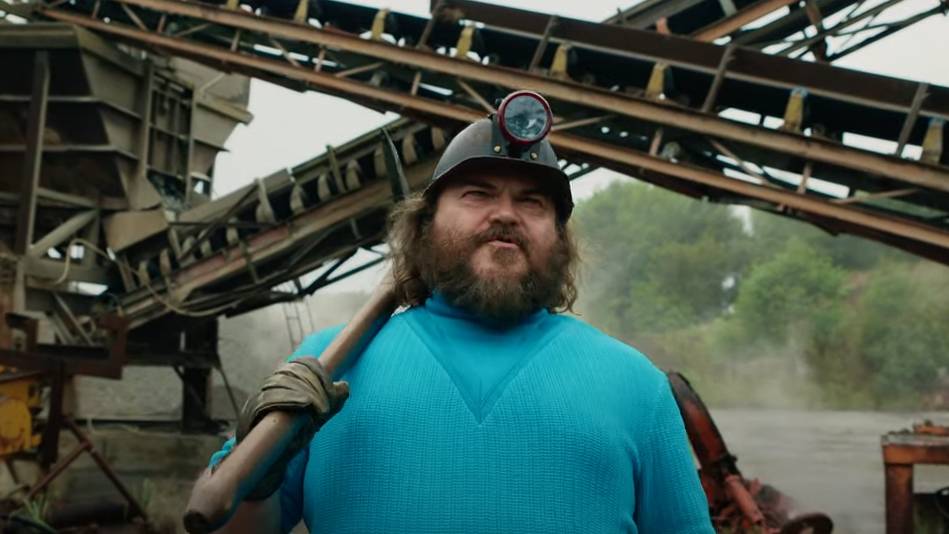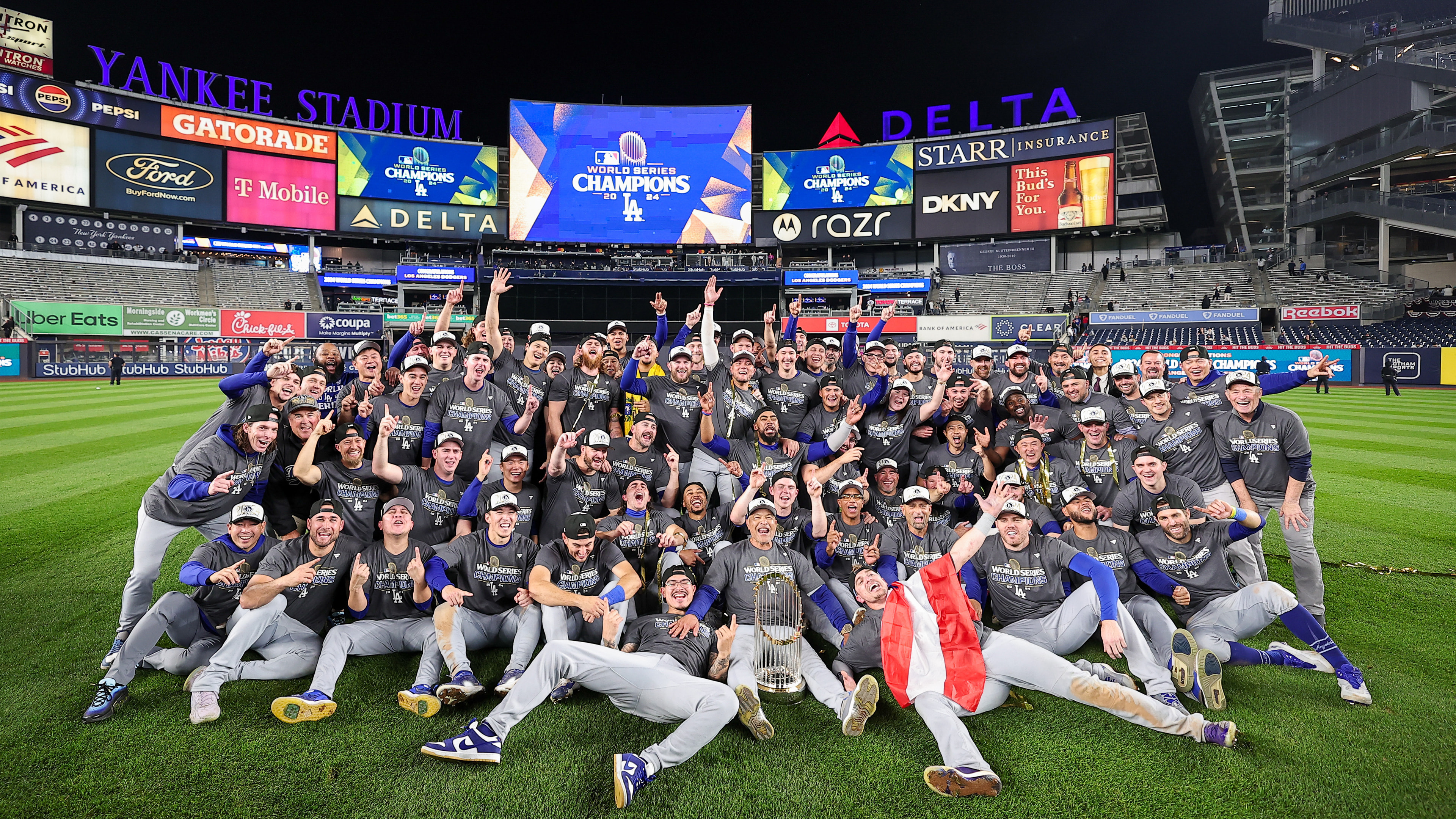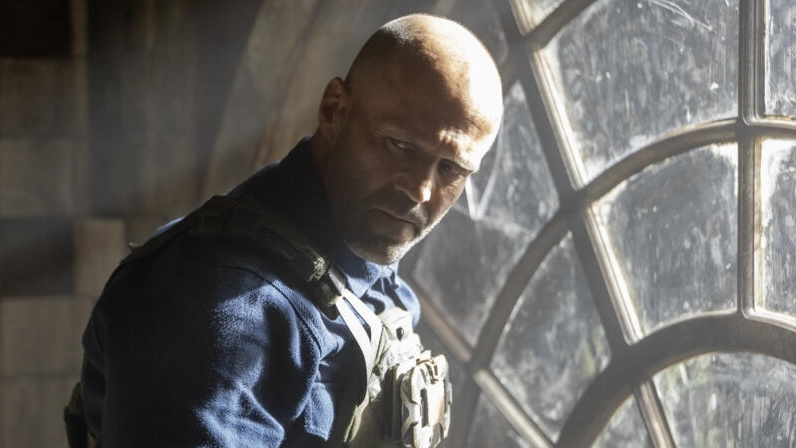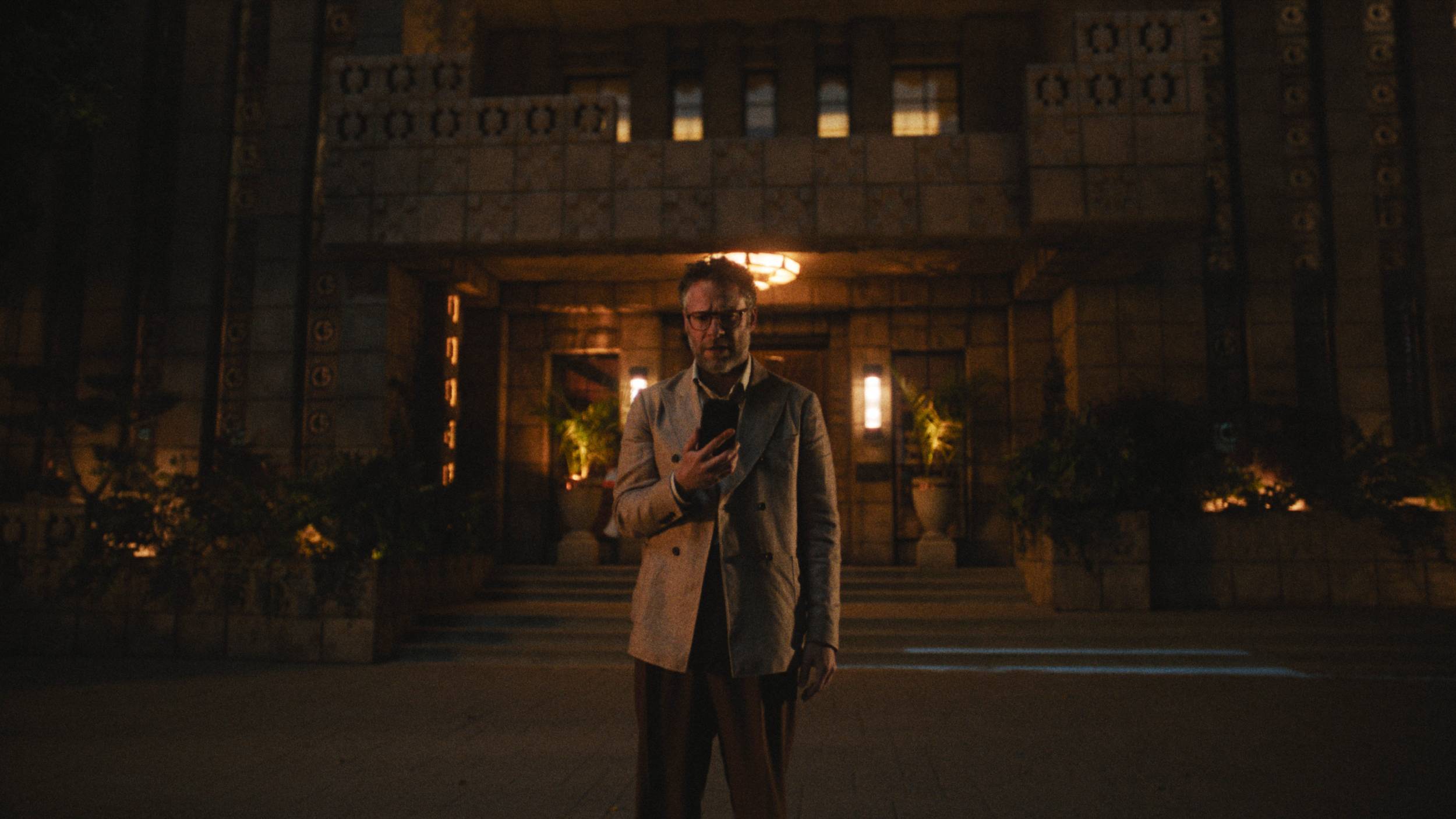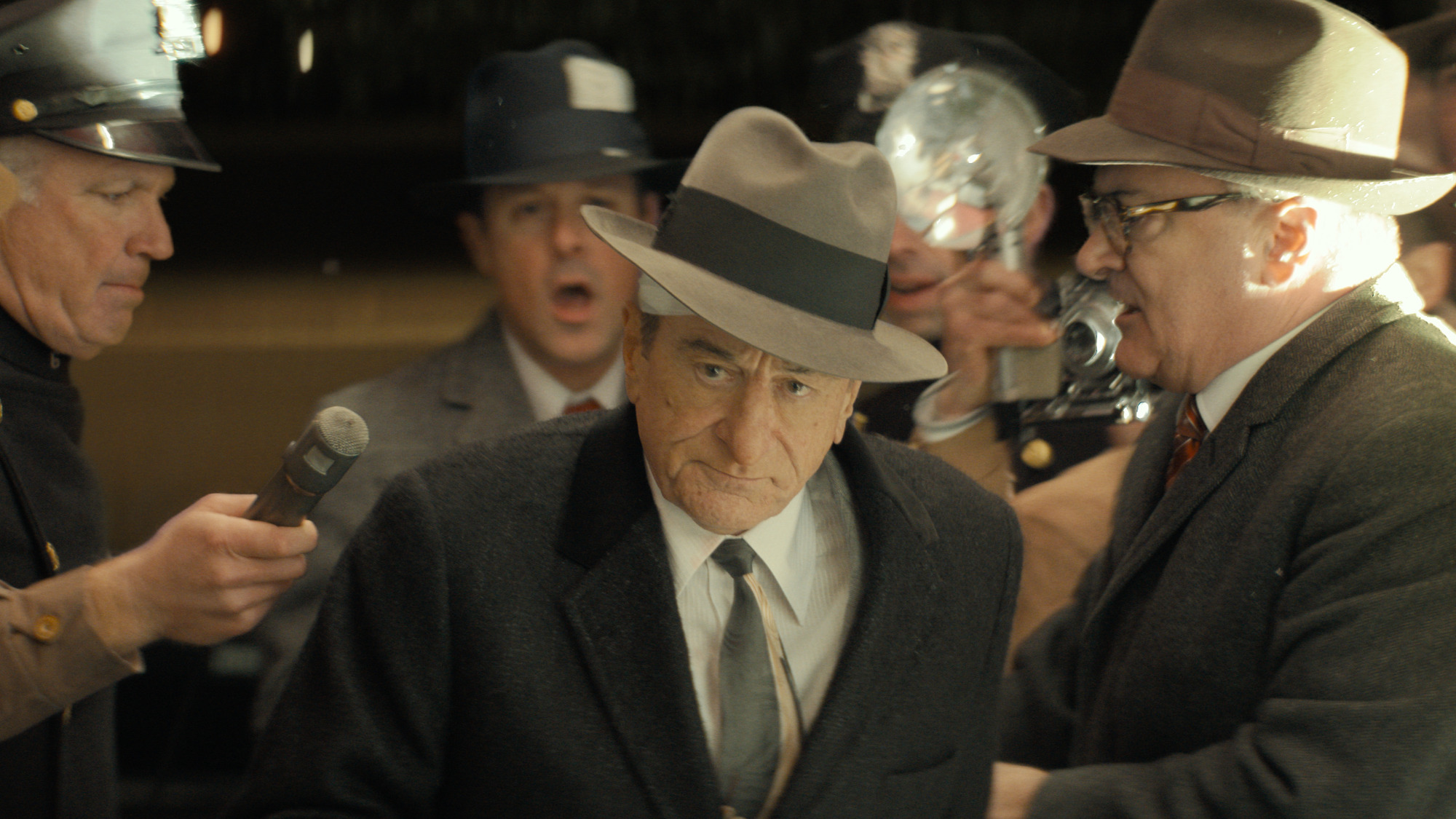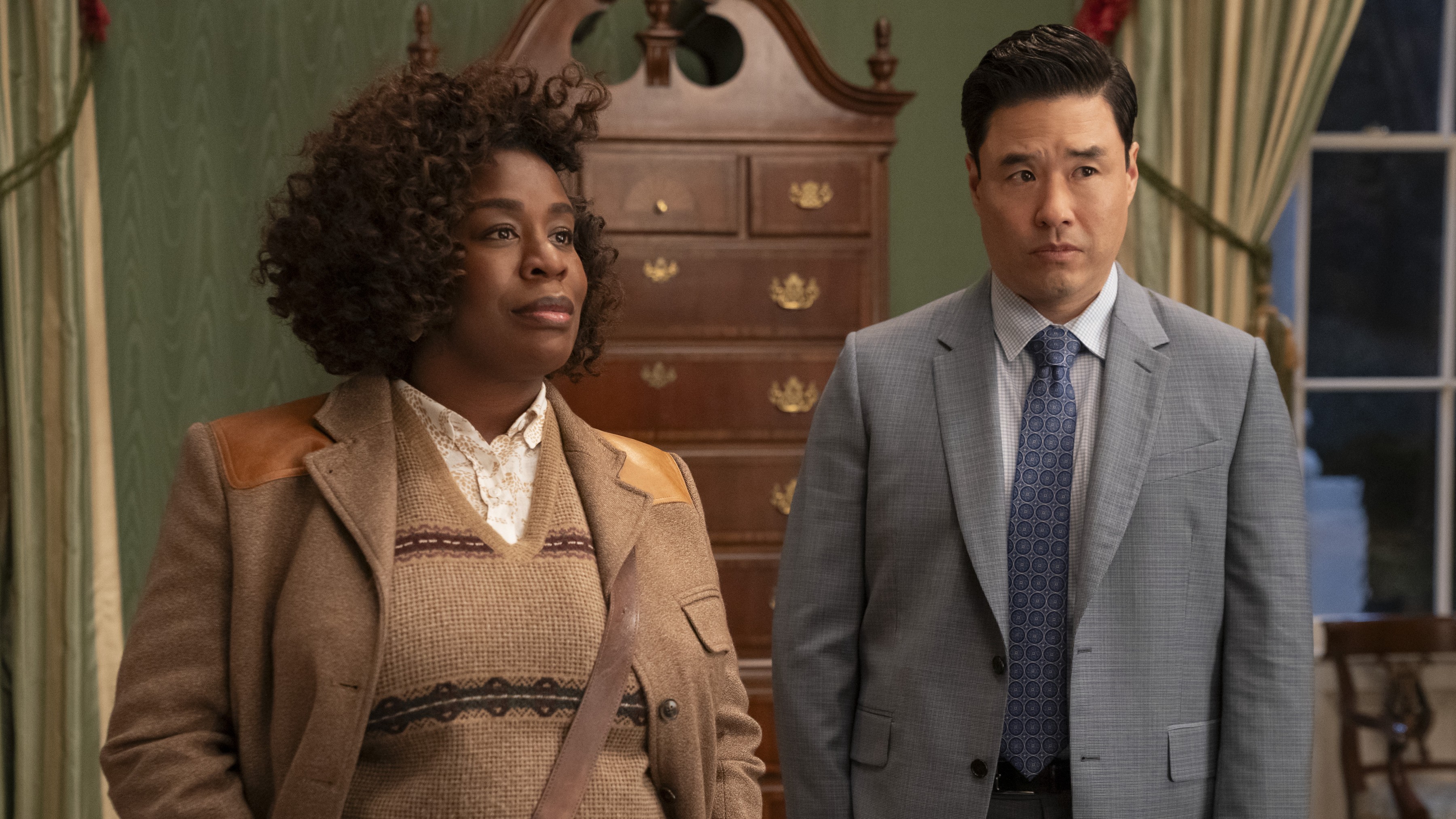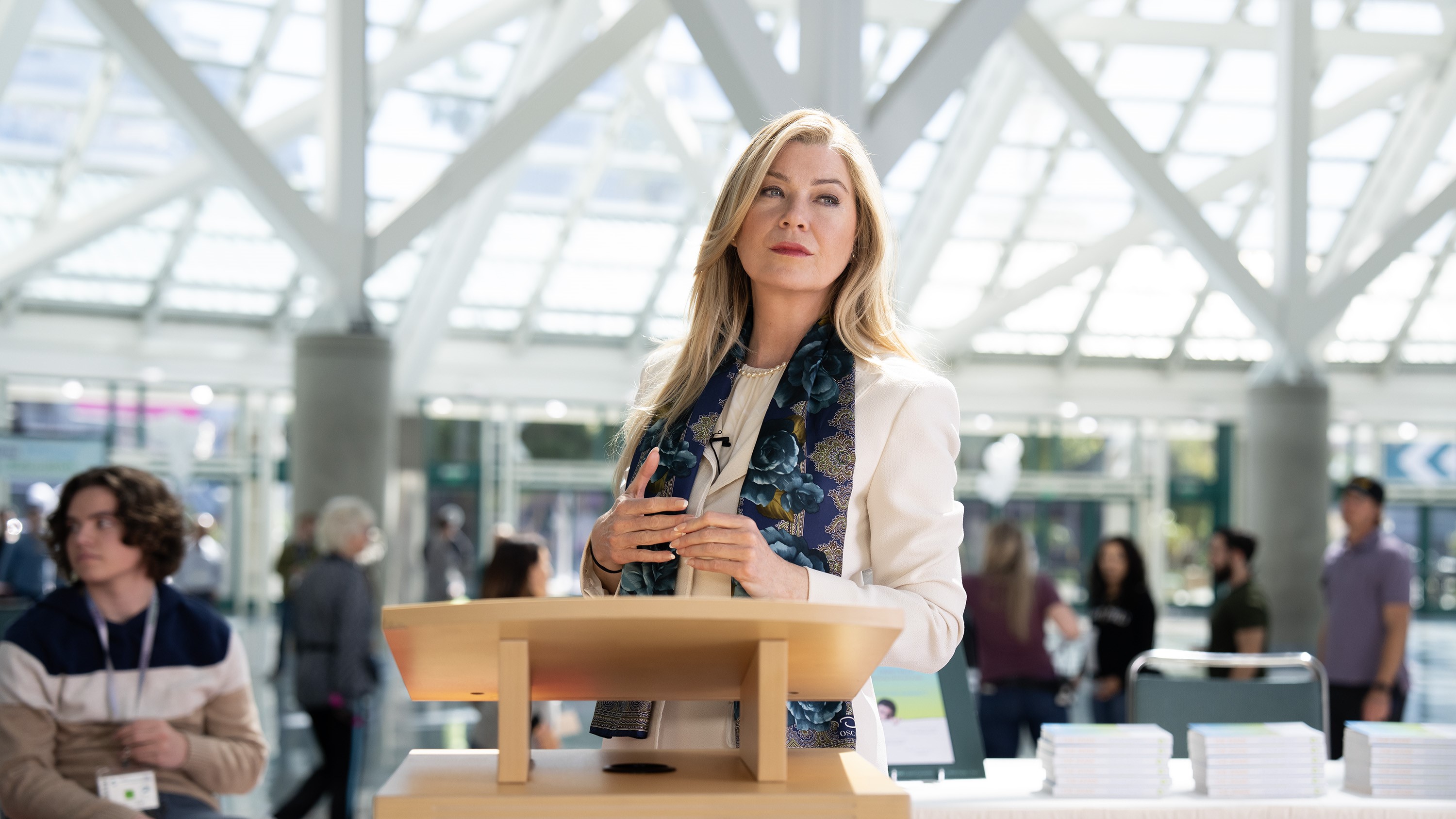What to Watch Verdict
Fukunaga's film is probably the best "last Daniel Craig Bond move" we could have wished for, even if it tries too hard to wrap up loose ends while leaving intriguing possibilities under-explored.
Pros
- +
Fukunaga's handsome inventiveness and unhurried confidence behind the camera really elevates both the dramatic and action-oriented scenes
- +
Craig gives a great performance in his last outing as Bond, while an extremely talented ensemble spins a complex and engaging web around him in supporting roles.
Cons
- -
The film's need to wrap everything from all of the previous Craig-as-Bond installments hobbles what could have been a more graceful finale for the actor
To some extent, the two hours and 43 minutes of the 25th James Bond film No Time To Die feels earned, or maybe owed, after the delay of its release from April 2020 to October 2021. Languishing in its operatic cool, its blockbuster enormity mostly feels really good since there’s been so little else to experience on its scale during the intervening time. But as the closing installment in Daniel Craig’s tenure as the iconic spy, a detail that even the most casual fan of the series knows going into it, it tries more than a little bit too much. Nevertheless, director and co-writer Cary Fukunaga brings his smooth, effortlessly handsome style to Craig’s swan song for a harmonious, pointedly nostalgic adventure acknowledging the cultural changes that have justifiably rendered parts of the Bond mythology “problematic” while still delivering something that’s true to what audiences expect.
Following an important flashback that won’t be divulged here and an explosive disruption to his relationship with Madeleine Swann (Léa Seydoux), James Bond (Craig) flies off to Jamaica to lick his wounds and live off the grid. When disgruntled scientist Valdo Obruchev (David Dencik) gets kidnapped from a secret MI6 laboratory, Bond gets contacted not by his former employers but his longtime colleague at the CIA, Felix Leiter (Jeffrey Wright), who requests his help in locating Obruchev, and more importantly, the advanced bioweapon that Obruchev has engineered. Bond initially refuses, but after discovering that it was commissioned by M (Ralph Fiennes), he agrees to retrieve the scientist and his catastrophic invention. Meanwhile, Bond’s replacement as 007, Nomi (Lashana Lynch), reaches out to inform him that she’s also looking for Obruchev and won’t hesitate to go through her predecessor if need be in order to capture him.
Teaming up with Felix’s colleague Paloma (Ana de Armas), Bond tracks Obruchev to Cuba, where he discovers that the terrorist organization SPECTRE is not only still operating, but doing so at the behest of Ernst Stavro Blofeld (Christoph Waltz), despite him being in a London prison. When their mission ultimately fails, Bond demands to see Blofeld, both to apprehend Obruchev and to confront him once and for all about their complex past. Unfortunately, the only person Blofeld will speak to from his cell is his psychiatrist — who happens to be Madeleine, whose previous encounter with Bond was unpleasant.
Before long, the spy’s past, present and future all collide, as a new threat, terrorist leader Lyutsifer Safin (Rami Malek), emerges to compete with SPECTRE, control Madeleine and eliminate Bond once and for all, as (of course) the fate of the world hangs in the balance.
Neal Purvis and Robert Wade have written or co-written every Bond film since 1999’s The World Is Not Enough. However, the addition of Fukunaga on the story for No Time To Die as well as the screenplay, along with Phoebe Waller-Bridge (Fleabag), suggests that as valuable as their expertise undoubtedly is, Purvis and Wade's relevance has diminished. While there have been unambiguous victories for the series during their time, including Casino Royale and Skyfall, it’s important to note that they were both co-written — although those co-writers worked on both of their less creatively successful follow-ups: Paul Haggis on Casino and Quantum of Solace and John Logan on Skyfall and Spectre.
In any case, Purvis and Wade have been progressively tasked with updating the mythology of a character with foundations in Cold War-era politics and gender dynamics even more regressive than that, while also competing with a steep increase in franchise filmmaking and an industry increasingly competing to release a bigger film than whatever was the previous one. It’s an exciting but unenviable job, and I am sympathetic to the challenge of serving so many frequently competing masters. But where they’ve failed the worst is in equivocating (over seven films) between Bond’s past and his inevitable future, and worse, in focusing on so many of the showiest but least important elements to update while ignoring less obvious but crucial underpinnings that could more substantially move the series forward.
Bond was called a “relic of the Cold War” back in 1995’s Goldeneye, and from where I’m sitting, Pierce Brosnan’s cheeky middle ground between the unapologetic sexism of the Sean Connery era and the proto-Austin Powers self-awareness of the Roger Moore films led to a run that was neither fish nor fowl; angling at the next generation’s spy film but beholden to the previous one’s like the temporary reprieve of a foothold beneath the surface of a pit of quicksand.
Perhaps that’s why they, Fukunaga and Waller-Bridge, more liberally reference On Her Majesty’s Secret Service, the 1969 entry starring George Lazenby that feels the closest tonally in the franchise to a contemporary film, not the least of which because it marks the only time before the Craig era where Bond let himself get semi-permanently tied down by the love of a good woman. No Time to Die's score by Hans Zimmer is inflected with melodies from OHMSS’ Louis Armstrong-sung end-credits song “We Have All The Time In The World,” and the characters express its title multiple times as they defy one deadly scenario after another.
Also: Best James Bond films: Every Bond movie ranked
But even before this film, it’s obvious that there was no direction mapped out for Bond’s emotional journey in the Craig era. As a result, the writing team has resorted to combining every possible scenario into one so that audiences feel they’re watching a fresh new adventure, something that builds on the narratives of its predecessors and also lives up to (or at least liberally evokes) the energy of the classic films that made this such an enduring series.
On Her Majesty’s Secret Service is my favorite Bond film, so of course No Time To Die immediately hooked me with its bittersweet romanticism, picturesque locations and breathtaking, inventive action scenes. But after Eva Green’s Vesper Lynd permanently scarred Bond in Casino Royale, Madeleine Swann offers (at best) a comely but uninspiring substitute for the love of the lothario spy’s life in Spectre; and with all due respect to the terrific acting work that Seydoux does in the role, absolutely no one in the audience cares about Swann in this franchise. By comparison, Vesper was complex — formidable and vulnerable, a true counterpart to James Bond. Madeleine simply exists as a plot engine and to provide stakes for this film, as her past becomes crucial to Bond’s pursuit of the rogue scientist, and later when she must be rescued by him multiple times as his investigation reaches its climax.
To its credit, the screenplay works overtime to build her into someone worthy of Bond’s adoration (much less willing monogamy), including an extended flashback sequence that spotlights the events that molded her survivor’s instincts. But the connection that she establishes between Safin and Bond is considerably less important than the bioweapon that the villain hopes to use to exact his revenge upon the world, which by itself is more than enough reason for everything else to happen in this convoluted story.
Meanwhile, the noble if almost inevitably disappointing impulse to tie up as many loose ends as possible — to create not just a continuity but an inextricable connection between the events in the previous Craig films and this one — creates some momentarily intriguing showdowns (both physical and mental) but mostly just extends the running time to an almost untenable length.
The sequences with Leiter, and later, Paloma, best evoke the Bond that I think even now audiences want to see. Not one but two previous Craig films attempted to generate mileage from the actor’s advancing age (he’s 53, which is still younger than Moore was on his final outing, 58), but Craig's entire run sexualized the character — appealingly so — like never before. What’s indisputably more exciting than people reminding him (and us) that he’s, like, so old, is him demonstrating he’s got more than enough energy to keep up with younger counterparts like de Armas, Lynch as his erstwhile replacement and Billy Magnussen as Logan Ash, an American agent who idolizes him.
The preposterous reimagining of Blofeld as Bond’s “brother” reaches a more satisfying conclusion here than it did as a set-up in Spectre, but it also exemplifies the disappointing responsibility mentioned above to connect everything neatly and leave no questions unanswered for invested viewers who might feel an instinct to pull at loose threads. So of course Swann is Blofeld's psychiatrist; and of course Safin, the individual holding power over her, is the same one Bond is trying to stop from killing the world’s populations.
Quick note on Safin's plan: Genetically-engineered viruses that target individual DNA sequences certainly mark a level up from the bioweapons viewers have seen in many other action films (one supposes it’s better than technological or computer-based weapons, which should be permanently banished from screenwriters’ white boards). Still, if saving the world is a semi-understandable obligation to audiences for Craig’s final outing, his saga would have been better served by a story with slightly lower stakes, more ambiguity and a little grace.
That said, none of this precludes the fact that Fukunaga made what is frequently, even mostly, a really good film that I enjoyed very much, both as a longtime Bond fan and a person keen to immerse himself in big screen pleasures after too many months in front of the TV. If it resulted in an excessive running time, Fukunaga’s instinct to let scenes play out unhurriedly only amplifies the gravitas of Bond’s entanglements with Madeleine, Blofeld, SPECTRE, MI6 and his own mythology.
Working with cinematographer Linus Sandgren (Best Cinematography Academy Award winner for La La Land), Fukunaga shoots both the dramatic and action-oriented scenes beautifully, without resorting to a lot of aggressive cutting that typically distracts more than it assists the flow of scenes in other films of this scale. If he yields to the previous film’s narrative demands, Fukunaga also repairs much of the tonal damage done by Spectre, giving Craig-as-Bond the opportunity to explore scenes without feeling like someone’s shuffling him to the next plot point with a cattle prod that’s just off screen.
Along with a committed and affecting performance by Seydoux, Wright gives some real weight to Leiter’s relationship with Bond, so much so that it almost becomes a stronger motivator for the spy than Madeleine’s many complexities. Meanwhile, Lynch proves a more than worthy “replacement” for Bond as the new 007 — it would be amazing to see how she pairs his slick, calculated improvisations in the field with her more by-the-book approach in future missions — while de Armas absolutely steals her scenes as a self-professed CIA newbie whose jittery enthusiasm belies the kind of capable, quick-thinking professionalism that Bond needs in an ally. Malek slightly underwhelms as Safin with an accent that (for better or worse) conjures nondescript, Eastern European Dr. Evil-style villainy. But the remaining ensemble of established players, including Naomie Harris, Ben Whishaw and a gruff, equivocating Fiennes as M, hold their own as the machinery of the plot grinds through its paces.
After a 17-month delay and a couple of false starts, Fukunaga seems to have anticipated our appetite to sit and marvel in a theater, hence its unwieldy running time, by far the longest in the series’ history. But he also feels like the ideal director for this franchise at this time. His body of work has always communicated not just a unique cinematic aptitude but a quiet confidence. If the film’s measured pacing and its skillful focus on characters over spectacle seem to subliminally be passing along the sentiment that the filmmaker doesn’t need this as a career stepping stone or commercial benchmark, it nevertheless manages to repeatedly impress with its inventiveness and style.
Ultimately, this is probably the best final chapter in Craig’s stint as Bond that we could have wished for, and what Fukunaga and Waller-Bridge brought to the film would be wise to carry forward in both continuity and mood. But either way, No Time To Die brings the character to a comfortable, even cathartic resting place that provides plenty of new directions to go — whether the franchise learns from the lessons of the past or chooses to lean into them.
Todd Gilchrist is a Los Angeles-based film critic and entertainment journalist with more than 20 years’ experience for dozens of print and online outlets, including Variety, The Hollywood Reporter, Entertainment Weekly and Fangoria. An obsessive soundtrack collector, sneaker aficionado and member of the Los Angeles Film Critics Association, Todd currently lives in Silverlake, California with his amazing wife Julie, two cats Beatrix and Biscuit, and several thousand books, vinyl records and Blu-rays.
